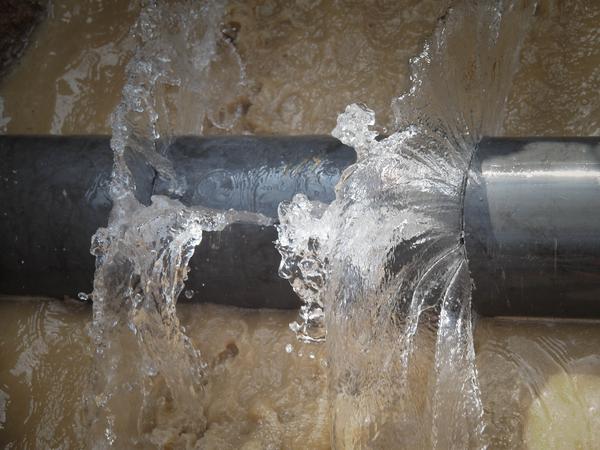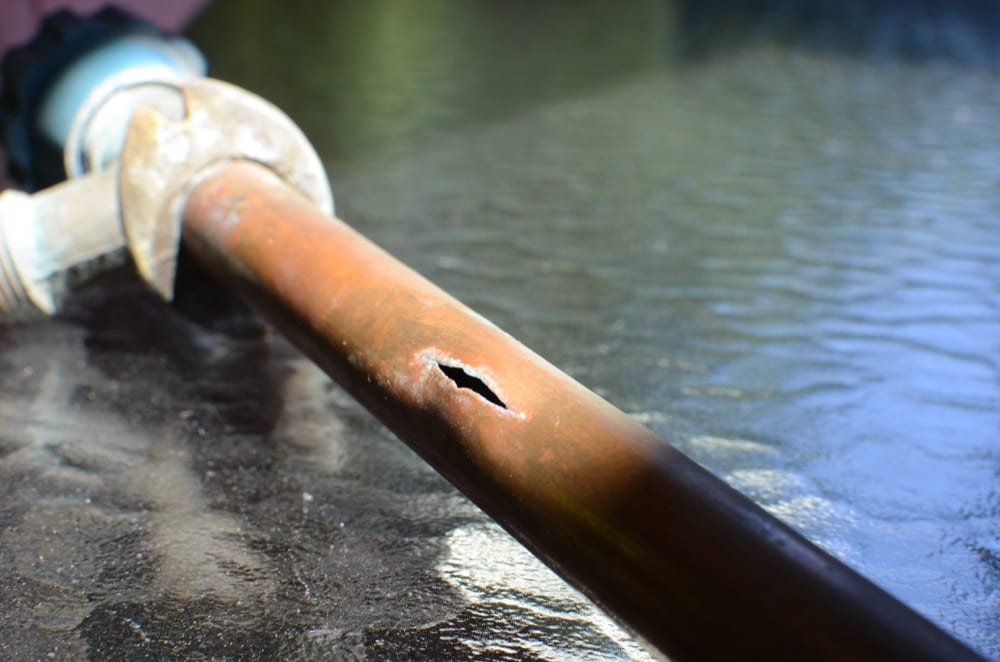Just how do you actually feel in relation to How to Prepare for Your Dishwasher Installation?

A ruptured pipe is a significant emergency; you can only stand as you view water you pay a lot to reunite with the earth. In even worse instances, you notice a pool on your cooking area flooring, which is an excellent journey hazard, especially if you have children around. If the pipe that burst was in your walls, problem: you may need to repaint that entire section.
How can a disaster like a burst pipe be avoided and handled? Well, by paying attention to your professional emergency plumbings as well as following these regulations.
Exactly how do I recognize when my pipelines have ruptured?
Changing water pressures
Pipes do not simply burst in a day. You may have discovered that your kitchen faucet or shower doesn't run right away when you turn the faucet. It might stop briefly for a few seconds and then blast you with even more pressure than normal.
In other instances, the water might seem typical in the beginning, then decrease in stress after a few secs.
Infected water
Many people presume a ruptured pipeline is a one-way electrical outlet. Rather the contrary. As water flows out of the hole or wound in your plumbing system, impurities discover their way in.
Your water may be polluted from the resource, so if you can, examine if your water container has any problems. However, if your drinking water is supplied as well as cleansed by the city government, you must call your plumber quickly if you see or scent anything amusing in your water.
Puddles under pipelines as well as sinks
When a pipe bursts, the discharge creates a pool. It may show up that the pool is expanding in size, and despite the amount of times you mop the puddle, in a couple of mins, there's one more one waiting to be cleaned. Typically, you may not have the ability to trace the puddle to any noticeable pipes. This is an indicator to call an expert plumber.
Wet wall surfaces and water spots
Before a pipeline bursts, it will certainly leak, the majority of times. If this consistent dripping goes unnoticed, the leakage may graduate into a large gash in your pipeline. One very easy way to avoid this emergency is to keep an eye out for wet walls advertisement water discolorations. These water stains will lead you right to the leak.
Untraceable trickling sounds
Pipeline ruptureds can happen in the most unpleasant locations, like within concrete, inside wall surfaces, or under sinks. When your house goes quiet, you may have the ability to hear an irritatingly relentless dripping noise. Also after you have actually checked your shower head as well as kitchen area faucet, the dripping may continue.
Dear reader, the trickling may be originating from a pipe inside your walls. There isn't much you can do concerning that, other than inform an expert plumber.
Turn up the Heat
Set up fans to blow warmth into cool spaces. Maintain the garage door closed. If you have actually minimized water flow, warmth the most prone pipes (normally in cellars as well as crawl spaces or near outside wall surfaces) with a hair dryer. Leave the tap on while you use heat. As you melt ice, the circulation will certainly boost. To prevent pipes from freezing, shield your wall surfaces.
Start Doing Away With the Water
Get the wipe, buckets as well as a store vacuum to begin to eliminate the water since you absolutely don't desire it soaking right into everything else in the house. Plus, a fast tidy up will decrease the possibilities of something obtaining musty.
What do I do when I detect a ruptured pipeline?
Your water meter will certainly remain to run also while your water wastes. To decrease your losses, discover the major controls as well as transform the supply off. The water pipe are an above-ground framework at the edge of your building.
How to Fix & Detect a Leaking Pipe
How Do I Know if a Pipe is Leaking?
Leak detection tests can help you determine if your pipe has a leak. Even if you don’t see an apparent leak, you should still conduct leak detection tests regularly to save water and money—and prevent major damage to your home.
Water meter. It can be helpful to figure out what your usual water meter usage numbers are and then monitor them regularly. To monitor your meter, first, turn off all water faucets in your home. Check the meter and write down the numbers. In a few hours, check the meter again. If the numbers have changed, you have a leak. Water gauge. Use a water gauge to test your water pressure. Your showerhead should produce a certain amount of water pressure based on its model and design. If the pressure is lower than it is supposed to be for that specific showerhead, your home likely has a leak. Puddles. Look inside your bathroom, laundry, and kitchen sink cabinets. Puddles around the cabinets or around toilets, tubs, showers, and washing machines indicate the presence of a leaking pipe. You may also notice loose tiles, peeling or flaking paint, or mold caused by water accumulation. Napkin test. Even if you don’t see any puddles, you may still have a leak. You can test for water leaks in the bathroom, laundry, and kitchen by wiping below-sink connections with a napkin, paper towel, or piece of toilet paper. If it becomes damp, you probably have a leaking pipe under the sink. Discolored walls. Walls that are discolored—usually with brown or yellow stains—or bulging might mean that they have been impacted by water damage caused by a leaking pipe. Smell. A leaky pipe will create sitting water, and over time, that water may develop a musty smell. If your home smells musty, but you can’t locate the source, it may be due to a leak. Steps for Fixing a Leaking Pipe
A leaky drain can be remedied by tightening the pipe base, replacing the drain seal, caulking the rim, and tightening the pipe nut. Similarly, a leaking toilet pipe can be treated by tightening the packing nut. You may also need to replace the valve. A leaky faucet may just need tightening or replacement of the washers. If that doesn’t work, consider replacing your faucet. If your pipe has a hole in it, you may want to use a pipe leak sealer or pipe leak tape. This quick fix for water pipe leaks can also temporarily fix a copper pipe leak. https://www.ahs.com/home-matters/quick-tips/how-to-tell-if-pipes-are-leaking/

Hopefully you enjoyed our post on How to Install and Connect a New Dishwasher. Thanks a ton for taking the time to read our short article. Do you know about somebody who is inquisitive about the topic? Why not share it. Thanks a bunch for your time. Please come by our blog back soon.
Try Here